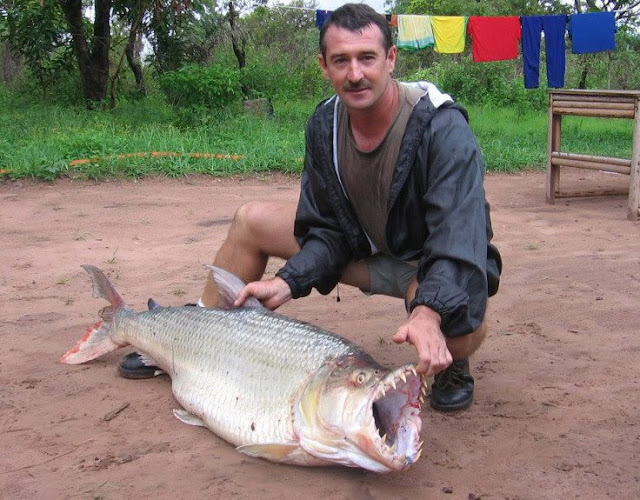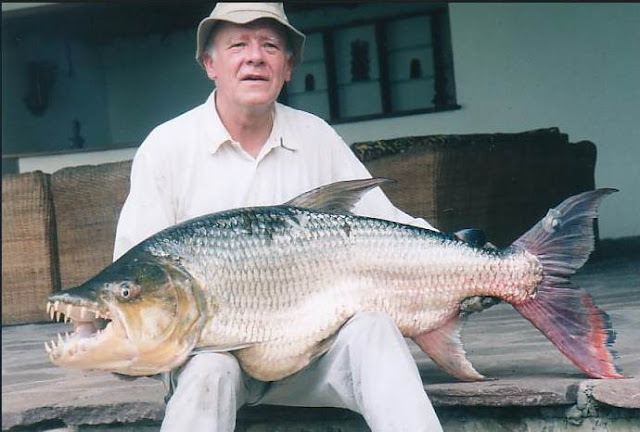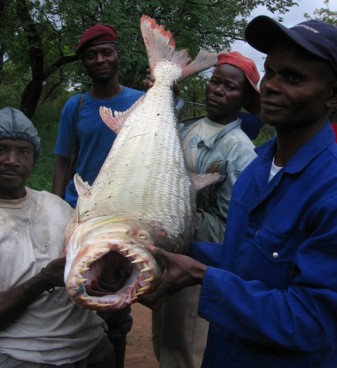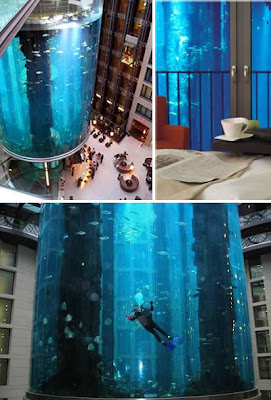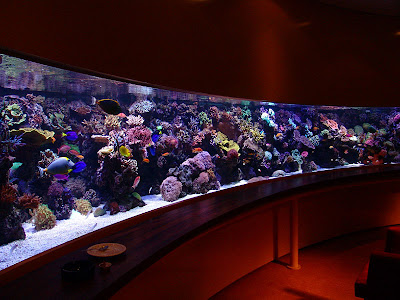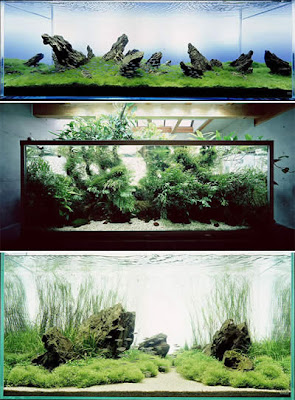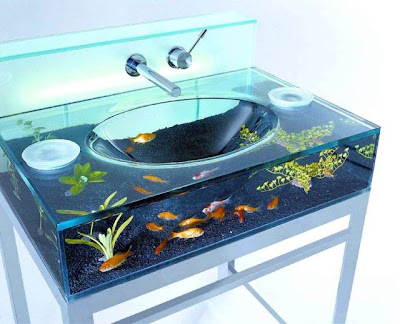To all those asking and emailing me about where the shop and including me ( yes, it was so great I just had to buy them!) got the Garra Rufas or Doctor Fish, I bought it from Global Aquatics Inc.
Here is a link to their site:
In my next post, I will post about the Garra Rufas I bought and some vital
information that I had from the brochure.
Click HERE to read about the post on where to buy Garra Rufa aka Doctor Fish.
Fish pedicures ( Yes! As in FISH!, this pedicure actually involves Garra Rufa - Doctor Fish or Spa Fish - Pedicure Fish ) are the hottest and one of the most popular things that has swept several cities around the world including London, Tokyo and other major cities. I remember walking in the streets in London or even just a shopping center and these things have been so popular ever since the royal wedding.
I told myself that I simply have to try this no matter what. I have seen and heard good results from people who have experience, and they even told me it was worth all the payment and they would not regret to try it over and over again.
What can I say, it was enough temptation for me. As a fish enthusiast, the wonderful aquatic world never fails to amaze me with its continuous wonders and now I have discovered the Garra Rufa Fish Pedicure.
Aside from that I made some research on the topic and have discovered, or may not discovered but just read because it was the other scientist and experts who did all the research on Garra Rufa ( doctor fish) and I it was stated that these marvelous toothless carps commonly found in a lot of spas all over the world has various health benefits. They can make your skin smooth and supple. They also serve as relieve to people experiencing Eczema and Psoriasis who would like to resort to healthy holistic healing rather than depend on scientific medicine that seems to offer them no cure. Although medicines really do work. My theory is that fish spas are more safer for people experiencing other sickness aside from their skin and also pregnant womer who are very sensitive to some medical treatments.
Ok, moving on. I was intrigued, but hesitant. Would it hurt? Would it tickle? Would it make my feet look any better (not difficult given that my last pedicure was an embarrassingly long time ago)?
I decided to put the question out to my friends on Facebook and other social working sites like twitter. The sheer volume of responses surprised me. Everything from “bit tickly” to “weird” to “I love it!” to " It's the best spa experience ever" appeared on my wall. While informative, the comments didn’t give a clear consensus. I was going to have to try it for myself... I'm going in!
So I invited 2 of my friends to come with me. I always believe that the more the merrier! Also I needed someone to take the photographs for me in case I lose myself to too much relaxation and intrigue. My friends know how deeply fascinated I am by fishes.
So when I walked in to the spa, I started asking if they have Garra Rufa, Fish Pedicure, Spa Fish, Doctor Fish, which is very much obvious considering of the signs posted but I ask anyway.
A friendly woman asked me a few questions about the health of my feet and whether I had any skin conditions. When I got the all-clear, she showed me downstairs to the treatment area.
I'm guessing this is where they have their Garra Rufas.
The large room was dark save for a few low lights and the fluorescence emanating from the glass fish tanks. Behind the tanks sat rows of raised black leather chairs, one facing the other. In the middle there was a row of green plants, and in the background there was music playing.
I'm always particular about hospitality whenever I go or where I'm involved. I won't shop again in a place again or even their services if their staff personnel are not kind enough but in this case, I'm satisfied.
I was offered a seat on a sofa at one end of the room, and sat with my bare feet over a ground-level black sink. There a staff member inspected my feet for cuts and abrasions, then washed them with hand soap, dried them, and put fresh white slippers on each one.
Next I moved over to the fish, and there the magic began. I slowly lowered my feet into the water, unsure of what to expect. Within seconds, my feet were surrounded by tiny black fish around an inch long.
Let me explain a little bit more of what I learned. There are genuine ones ( the real garra rufas and doctor fish) and fake ones. What this spa had was genuine ones.
At first it tickled. I even laughed a little bit. But after a few seconds my skin adjusted and it felt more like I was getting hundreds of tiny massages. It was strange. It was good.
Over the course of the next 25 minutes, I sat and stared at the Garra Rufa as they gave me my first fish pedicure in London. Mesmerized, I couldn’t decide whether the image of tiny fish cleaning my feet was exciting, or whether it looked like I was in a bad scene from an Indiana Jones movie.
Most of the fish concentrated on my feet, hovering around my toes and soles. A few ventured up as far as my ankles, and some even went so high that their heads were sticking out above the water level.
As I watched, I was given a tea menu. I chose the Pink Tip tea, which was brought to my chair along with a plate of Ritz crackers. The choice of crackers seemed a bit random, but they were nice to munch on while I watched the fish at work.
After 25 minutes my feet came out of the water and I moved into one of the small caves in the back of the room. There my feet were rubbed down with sanitizer before being treated to a 20-minute massage. It was a relaxing way to end the fish pedicure.
At the end of the treatment, I walked back upstairs and out into the daylight, curious to see how my feet looked post-fish. As far as I could see, they were shiny and healthy-looking. Had the fish been able to paint with nail polish, I probably wouldn’t have been able to tell the difference between a fish pedicure and a regular one.
Two days on, my feet are still looking nicer than before. I haven’t developed gills or lost the ability to breathe above water. Overall my first fish pedicure in London was a positive experience, and I’m glad I decided to try it!
This post is about my experience in Garra Rufa, Doctor Fish pedicure. I hope you have enjoyed reading it and experience it to at the same time!
This post is about: Garra Rufa Fish Pedicure and Doctor Fish Spa
Tags: garra rufa fish, where to buy garra rufa, doctor fish, breeding garra rufa, kangal fish, pet garra rufa, garra rufa ina quarium, garra rifa fish spa, doctor fish buy , where to buy doctor fish, fish pedicure, spa fish, garra rufa global, garra rufa supplier, garra rufa where purchase







